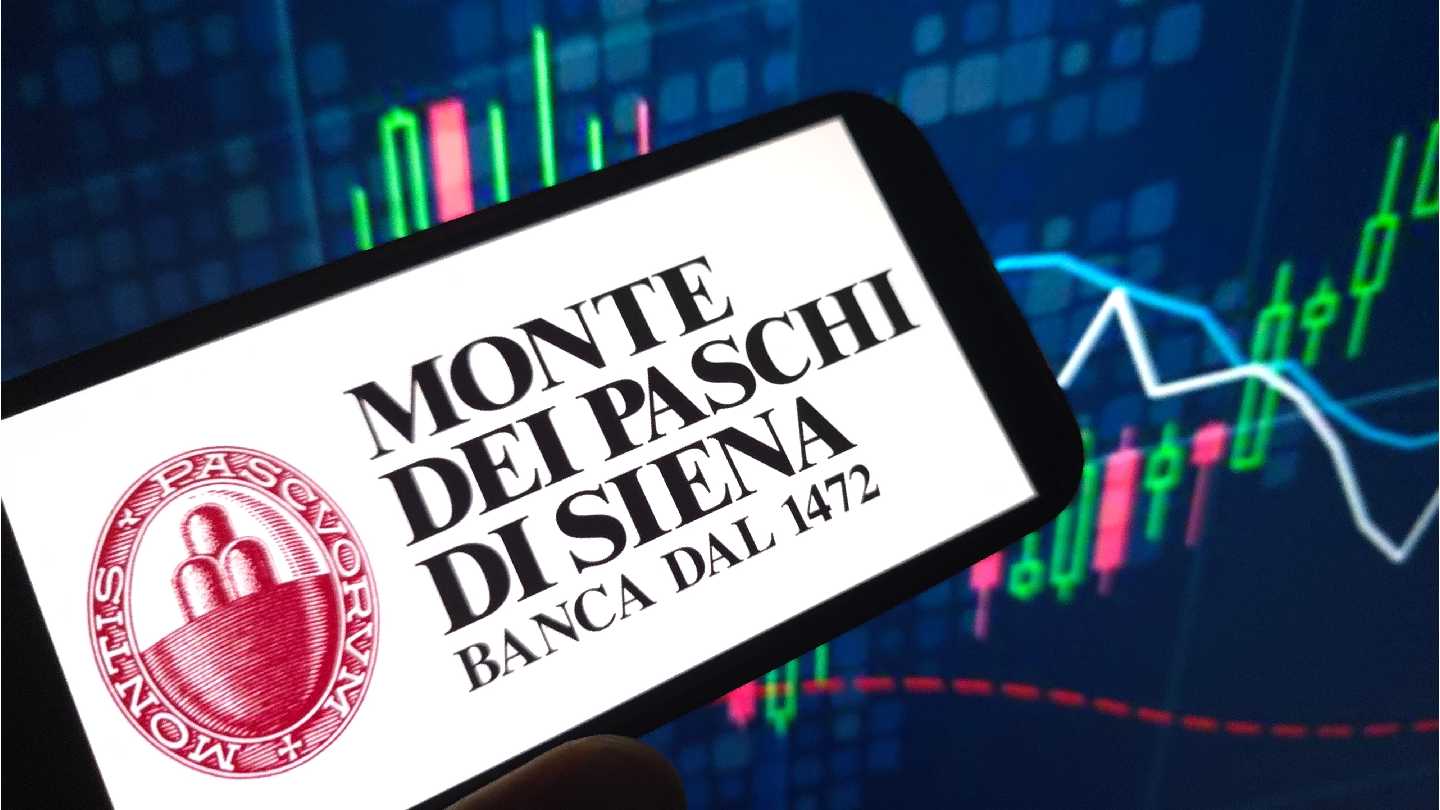Emerging Systemic Risks in the European Union’s Financial System
At the recent annual conference of the European Systemic Risk Board (ESRB), panellists discussed the emerging systemic risks to the EU’s financial system. These risks were identified as changes in geopolitics, the growth of the crypto sector and stablecoins, and the rise of private equity. Understanding these potential threats is crucial for the stability and resilience of the European Union’s financial markets.
Impact of Geopolitical Changes
Bank of Finland governor and ESRB first vice-chair Olli Rehn emphasised that geopolitical risk was not an abstract concept but a palpable reality that was already shaping EU markets and institutions. The geopolitical landscape’s unpredictability and volatility can significantly impact the financial markets by influencing international trade, foreign investment, and economic policy. It is, therefore, essential for financial institutions and policymakers to consider these risks in their planning and decision-making processes.
The Emergence of the Crypto Sector and Stablecoins
Another systemic risk identified by the ESRB panellists is the emergence of the cryptocurrency sector and stablecoins. The crypto market’s rapid expansion, along with the introduction of stablecoins, is revolutionising the financial landscape. While these innovations offer potential benefits, such as increased efficiency and inclusivity in financial services, they also pose significant risks. Issues such as market volatility, regulatory challenges, and the potential for financial crime necessitate careful monitoring and regulation to protect the integrity of the financial system.
The Role of Private Equity
The rise of private equity also poses a potential systemic risk. While private equity plays a crucial role in providing capital, driving innovation, and fostering economic growth, its increasing prominence in the financial system can also result in increased vulnerabilities. Concerns such as high leverage, lack of transparency, and potential for market abuse underscore the importance of regulatory oversight in this sector.
Conclusion
The ESRB’s annual conference served as a platform for critical discussions on the evolving systemic risks to the EU’s financial system. The key takeaway is the importance of proactive identification, monitoring, and management of these risks to ensure the financial system’s stability and resilience. As the financial landscape continues to evolve, it is clear that regulatory bodies like the ESRB must continue to adapt, innovate, and collaborate to effectively mitigate these emerging risks.
For more insights from the ESRB annual conference, click Here.






